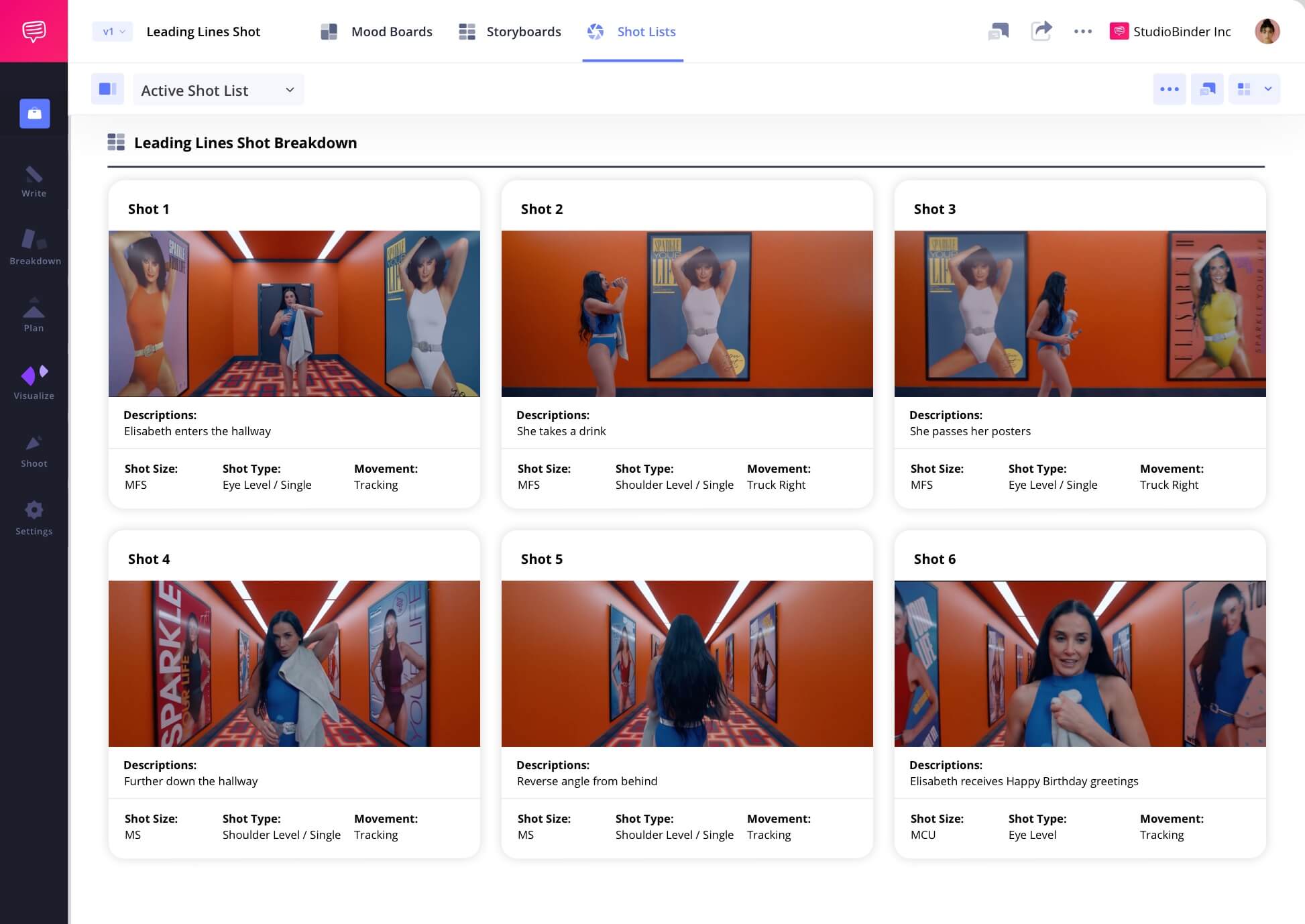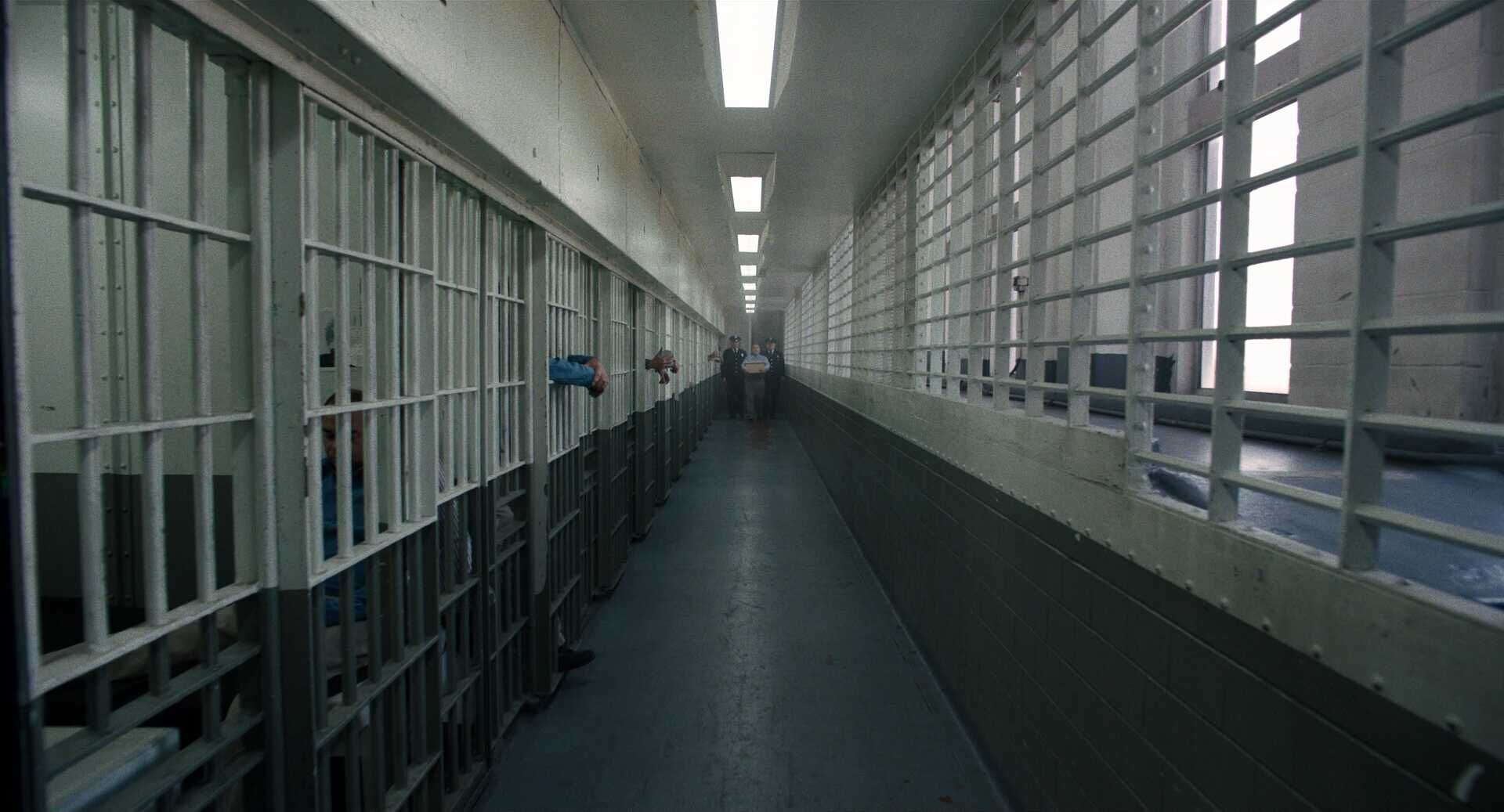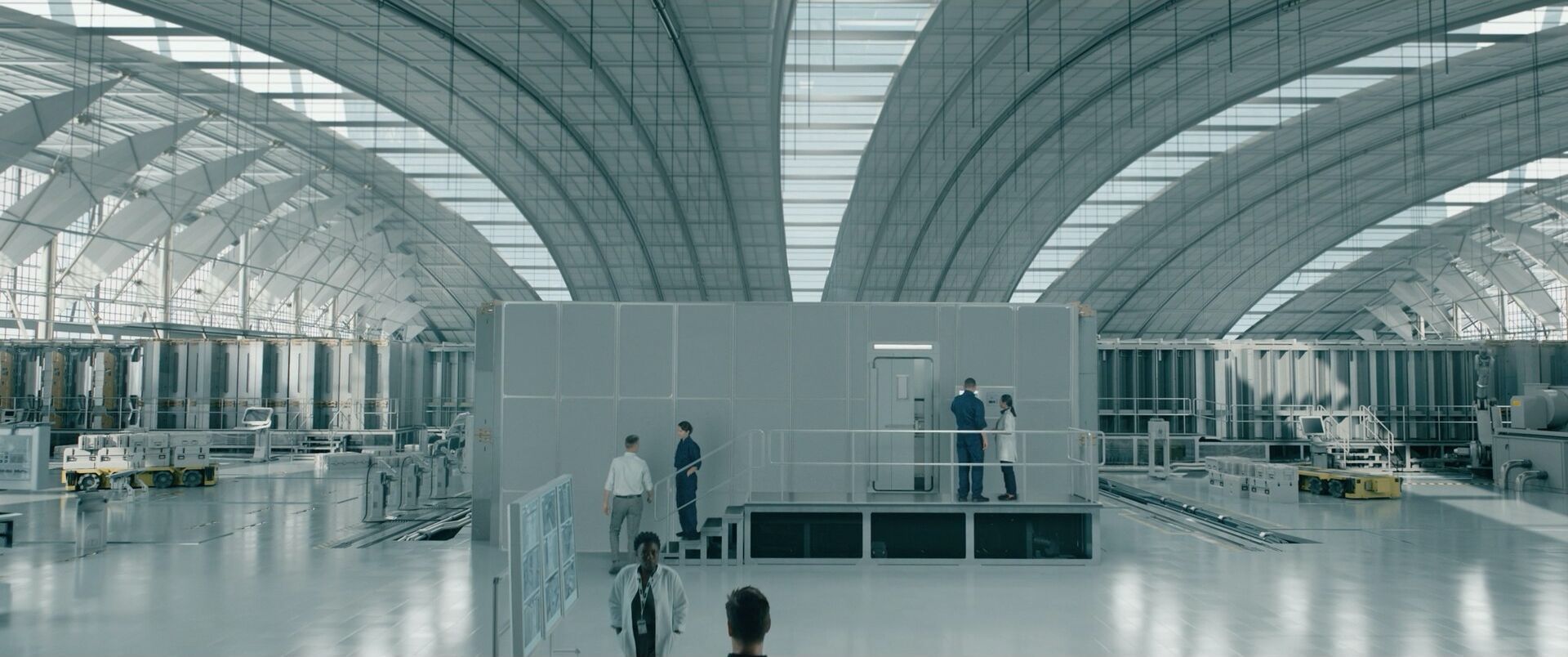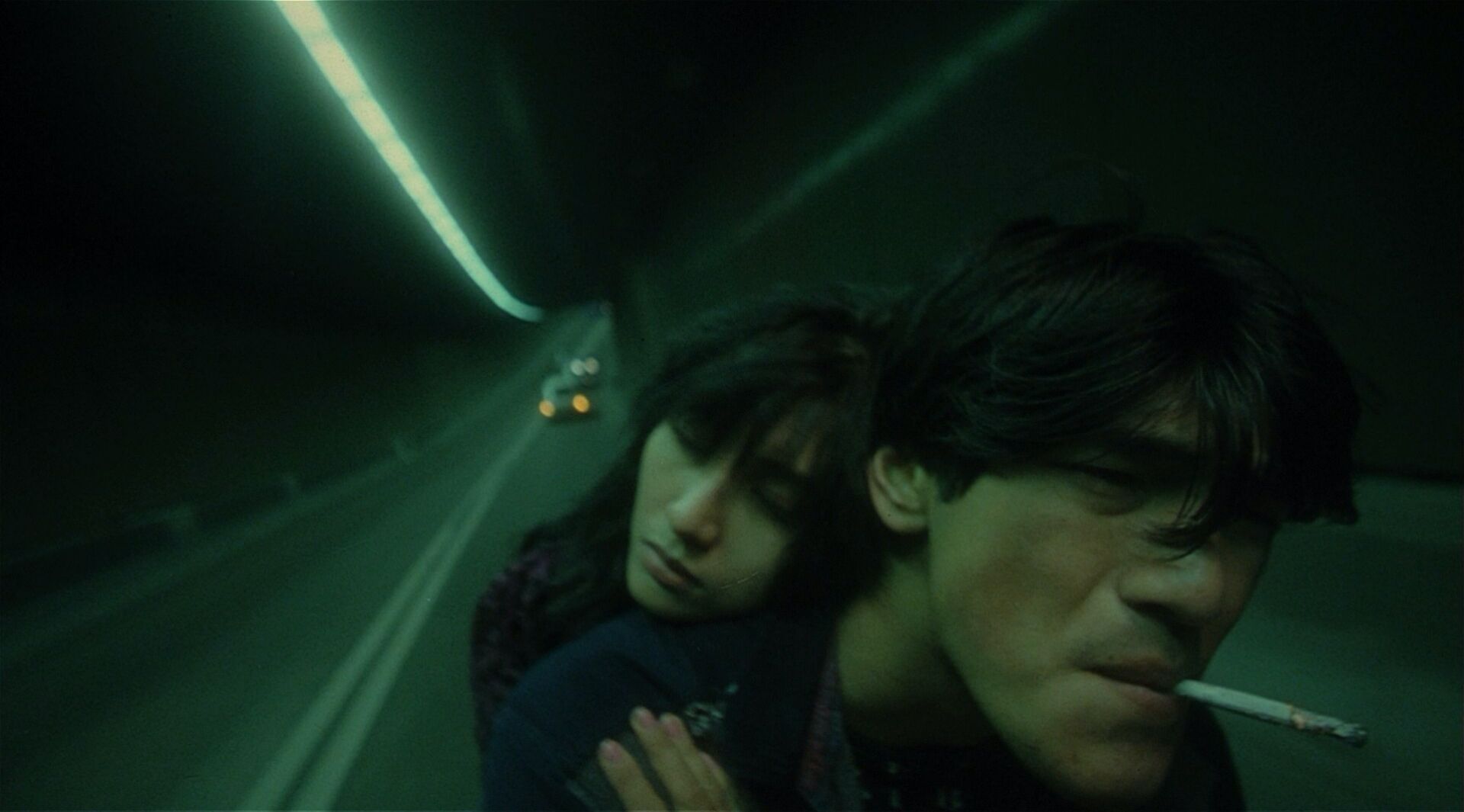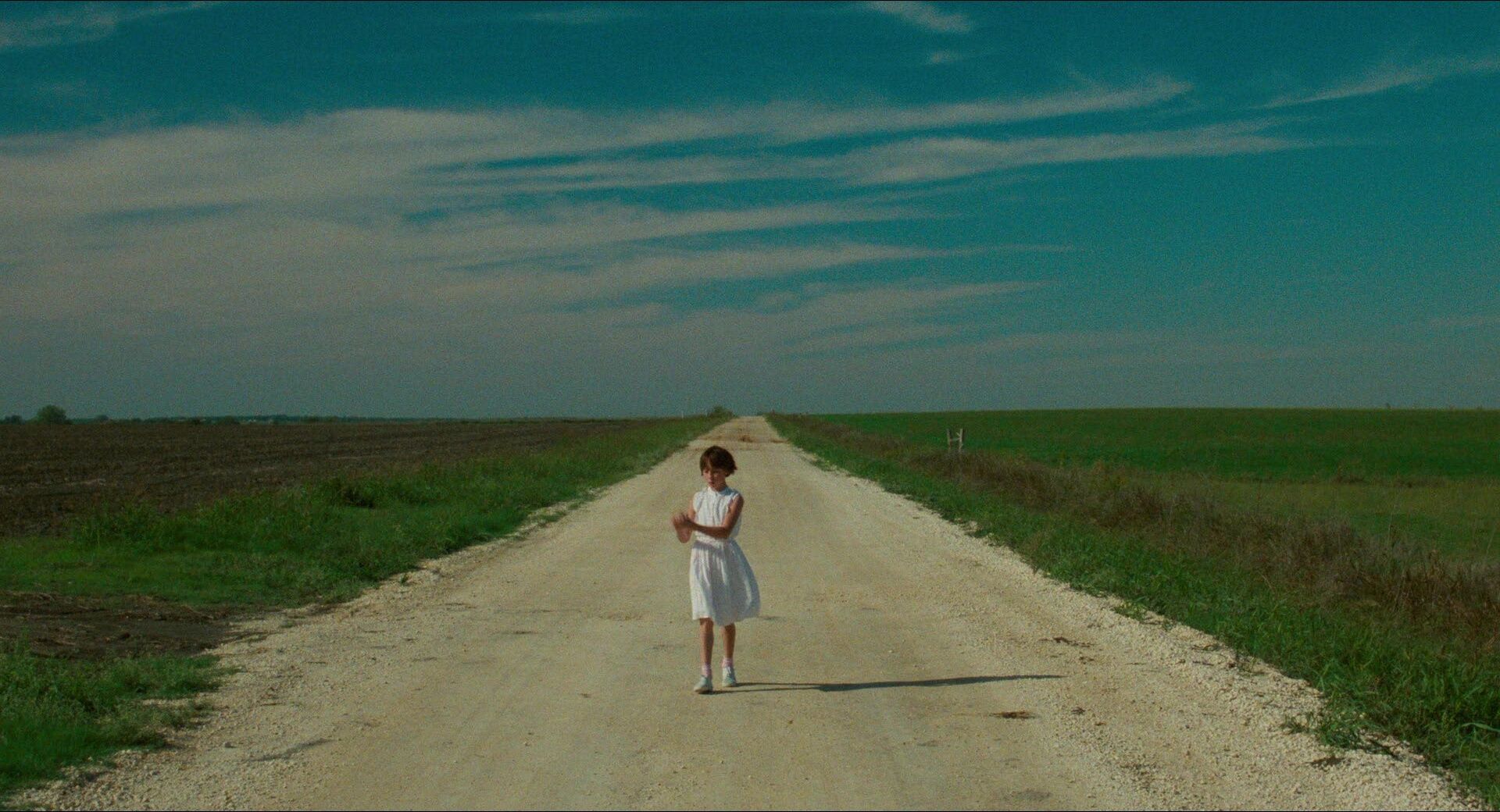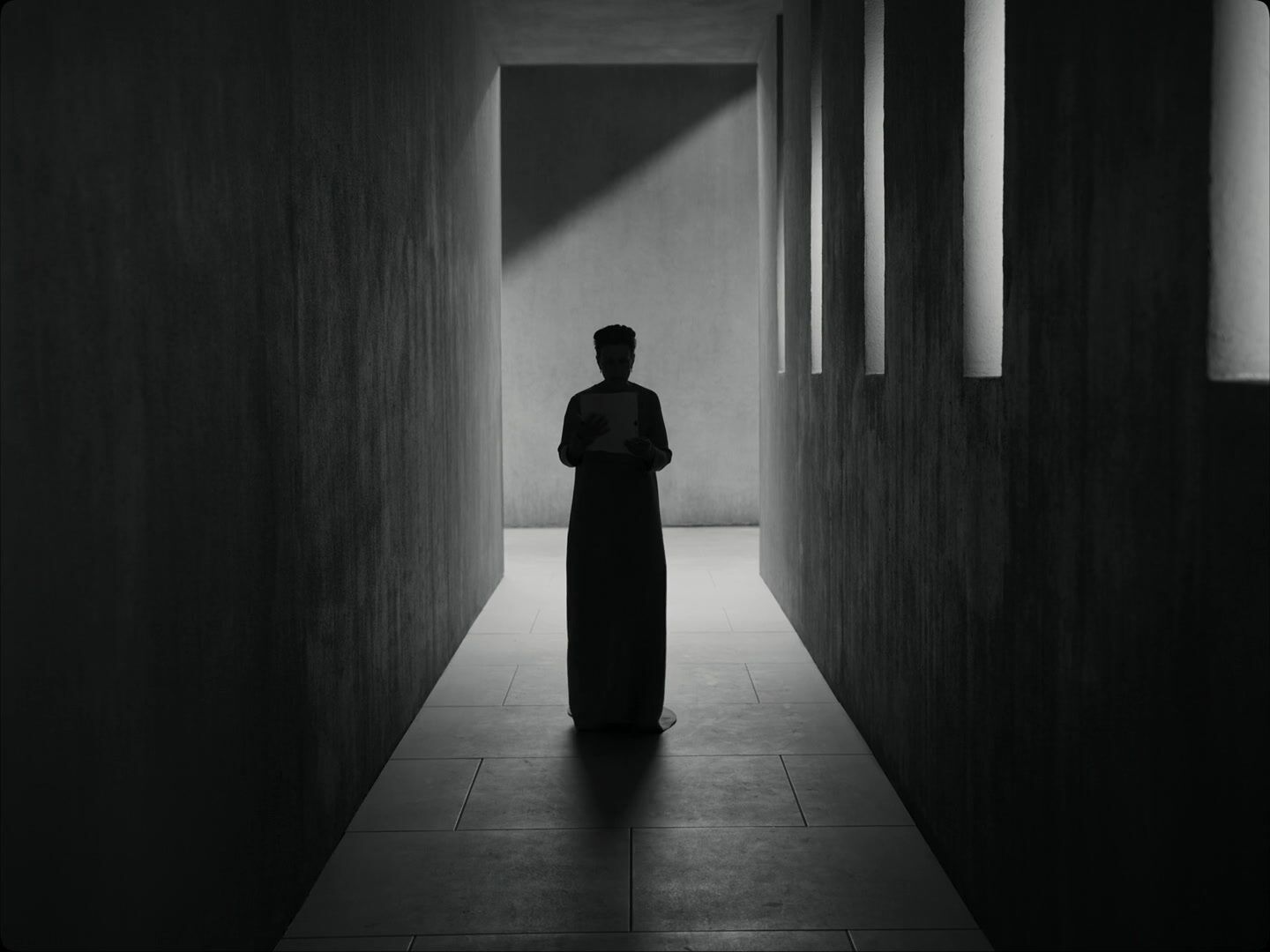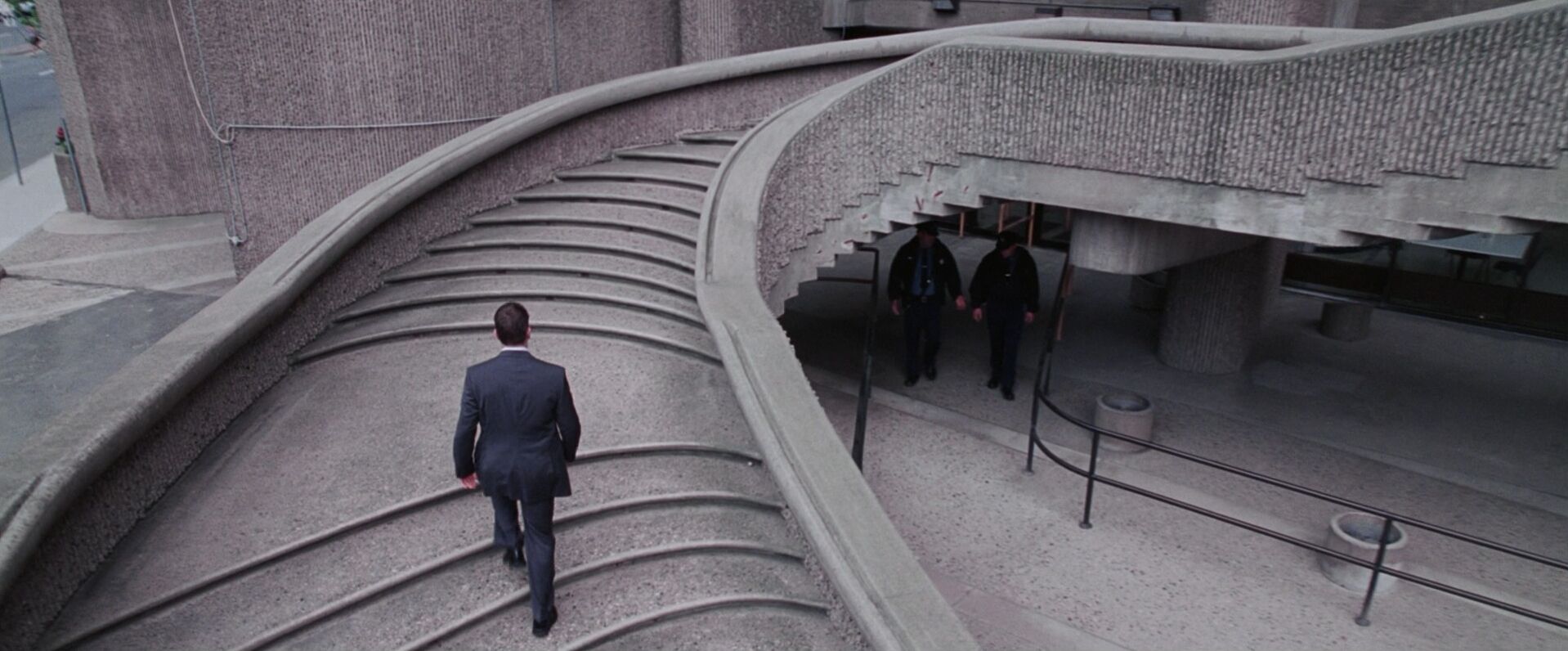home → Composition Techniques → Leading Lines
Leading lines definition
What are the leading lines?
When talking about frame composition in film or photography, there is much discussion of “lines,” which are what guide a viewer’s eye in the frame. Leading lines are one technique filmmakers use to get the audience focus on what they want them to focus on.
Leading lines intentionally set up lines within the frame - anything from roads to rivers to hallways — to guide the viewer’s eye to the subject. For example, if a filmmaker wants the viewer to focus on a character in a hallway, placing that character at the end of a hallway uses leading lines to lead the viewer’s eye down the hallway to the character, thus directing focus.
Check out our full guide to leading lines, complete with examples and breakdowns.
Examples of leading lines
Leading lines examples
It’s helpful to see leading lines in action. Browse this curated selection of shots with leading lines to get a sense of their uses across films.
Guide the viewer’s eye
Create striking visuals
Convey mood
Use natural or man-made visual elements
Uses
What do leading lines do?
Leading lines are a great way for a filmmaker to creatively use lines that appear in our world - whether natural lines like rivers, or man-made lines like hallways — to create interesting frames that draw the viewer’s eye where it needs to be.
Direct attention
Leading lines are most often used to direct a viewer’s gaze to a character or key object in the story by pointing directly at them.
Compose interesting shots
Leading lines create dynamic shots that have visually stimulating patterns and frames, which help keep the audience engaged in the film.
Create emotion
Using leading lines can also create shapes and spaces that can help the audience understand the character’s state of mind.
Provide a visual path
Leading lines don't always have to be straight and they can be used to give the audience a sense of direction and where the character is headed.
Leading lines composition
Leading lines vs rule of thirds
While leading lines and the rule of thirds are both techniques involving the composition of a film frame, they differ greatly. The rule of thirds uses imaginary lines — splitting the frame into nine separate squares — to set up an interesting picture within the frame.
Meanwhile, leading lines are when filmmakers set up the frame to feature real physical elements, such as hallways, roads or rivers, and use those lines to guide the viewer’s eye to the subject or what they are looking at.
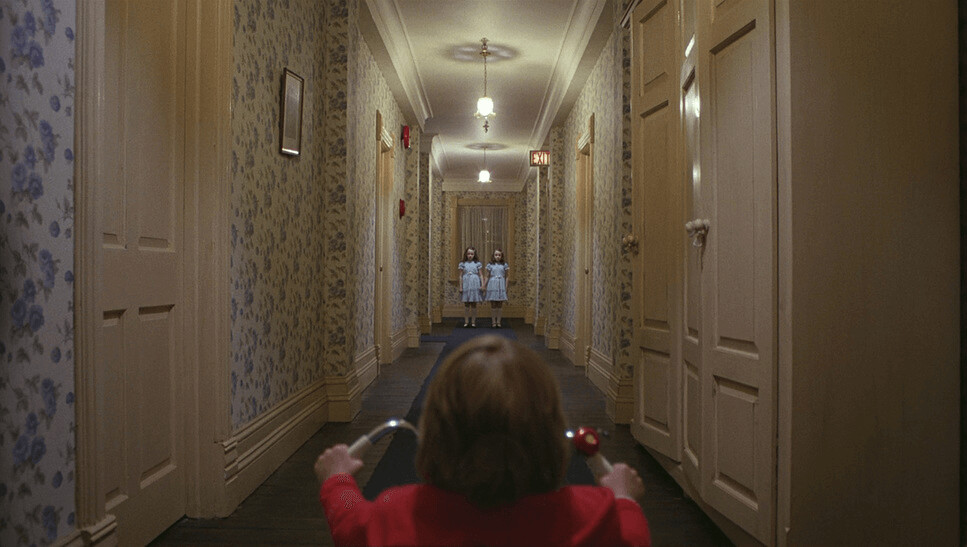
Case Study
Shot listing leading lines
In the opening scene of The Substance, we see a bright and bold hallway focused on the legacy of Elisabeth. Not only do the lines created by the walls, lighting, and carpet point directly at her as the main subject, we get a visual metaphor for a character that is the center of her own universe...for now.
Click the shot list below to take a closer look at the entire scene.
Leading lines can be used with almost any camera shot. It just depends what kind of lines you use and where you place them in the frame.
Unexpected combos
How can you use leading lines with other camera techniques?
How to combine leading lines
Leading lines are a visually stimulating way to lead the viewer’s eye where it needs to go, but you can easily combine it with any other type of shot:
- Close-up: Leading lines can be used with close-ups by using the character’s eyes or frown lines to frame the shot.
- Wide shots: Wide shots with rivers or fences use leading lines.
- Establishing shots: Establishing shots with hallways or stairs use leading lines.
- POV Shot: POV shots - like shots that show a view through binoculars over water, for example - can use leading lines to guide to the subject.
Frequently asked questions about leading lines
Some shots use leading lines to guide the viewer’s eyes to a spot in the frame. These lines can be naturally occurring things like rivers, or man-made things like roads. What matters is how the filmmaker sets them up in the frame.
Leading lines are really great for guiding the viewer to a point in the picture. They can also create shapes and paths that speak to subtextual and thematic ideas.
The same principles apply to photography. Whether the lines are man-made or completely natural, the environment around the character can be used to both focus on the subject and/or create a layer of subtext.
Set up the shot so the lines in the scene — be that a road, river, or fence — leads toward the subject. These lines can be found in a location or constructed in the set design.

